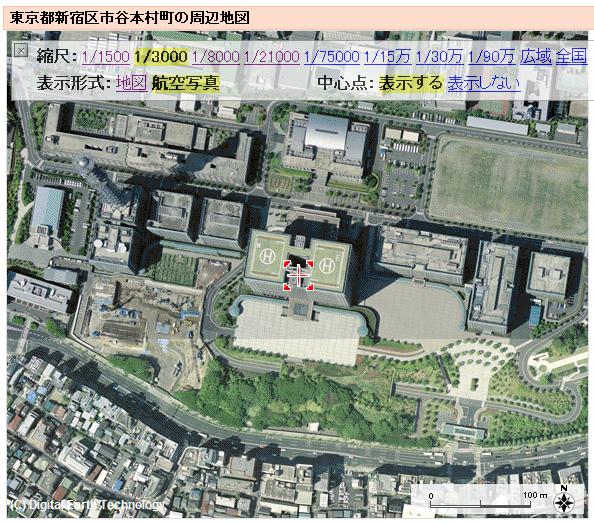Some Harvard kids got some intimate time with Shinzo Abe and Seiji Maehara. So guess what the Korean wanted to ask about?
Wait for it…
A student from South Korea said Abe’s stance on visiting Tokyo’s Yasukuni Shrine, which honors Japan’s war dead as well as Class-A war criminals, did not come up during the meeting due to time constraints.
Hahahahaha. Riiiiight.
“If he (Abe) becomes the next prime minister, there would be no improvement in Japan’s relations with South Korea and China,” the student said on condition of anonymity.
However, the student also said Maehara was an engaging politician who gave “clear comments” on the party’s stance against acts of worship at the contentious Yasukuni Shrine by top Japanese political figures.
Meanwhile, the Anglosphere types are more concerned about different issues:
Andre Stein of Australia held a different view, criticizing the DPJ’s contradictory stance on national security.
“While Maehara agrees with U.S. (military) protection of Japan, the party is not interested in supporting the allied forces in Iraq,” he said.
One’s concerned with mismanaging the past; the other’s concerned with mismanaging the future. To be fair, the Japan Times only published two opinions; perhaps they’re just looking for what they think is most conventional.




 Taro Aso, on a trip to Australia for talks with his U.S. and Australian counterparts, said Saturday he thought he had had “more experience” in the political arena than Chief Cabinet Secretary Shinzo Abe…
Taro Aso, on a trip to Australia for talks with his U.S. and Australian counterparts, said Saturday he thought he had had “more experience” in the political arena than Chief Cabinet Secretary Shinzo Abe… I leave in a few hours to spend my spring break in Florida—actually one of the last places I expected to spend spring break, but Ms. Joe has a new, difficult job and needs someone to give her backrubs at night.
I leave in a few hours to spend my spring break in Florida—actually one of the last places I expected to spend spring break, but Ms. Joe has a new, difficult job and needs someone to give her backrubs at night.